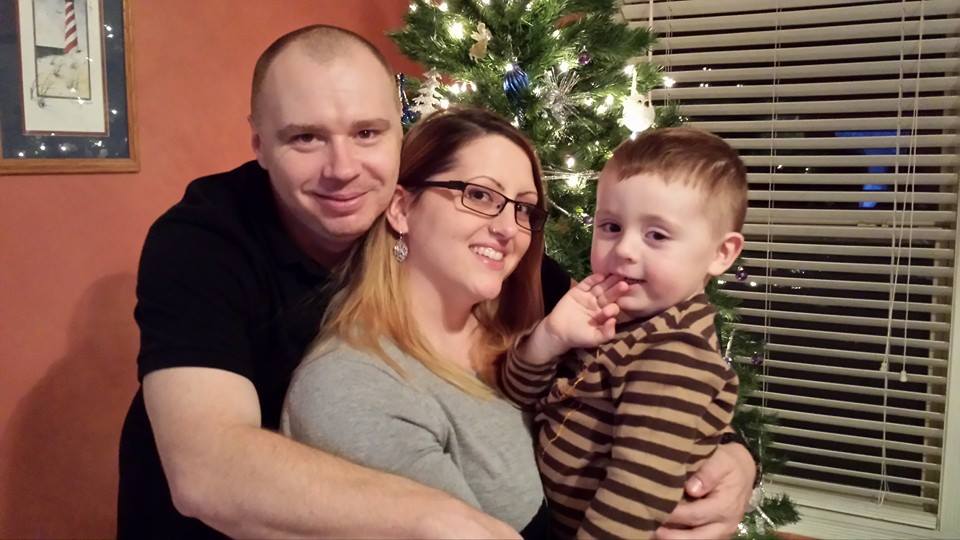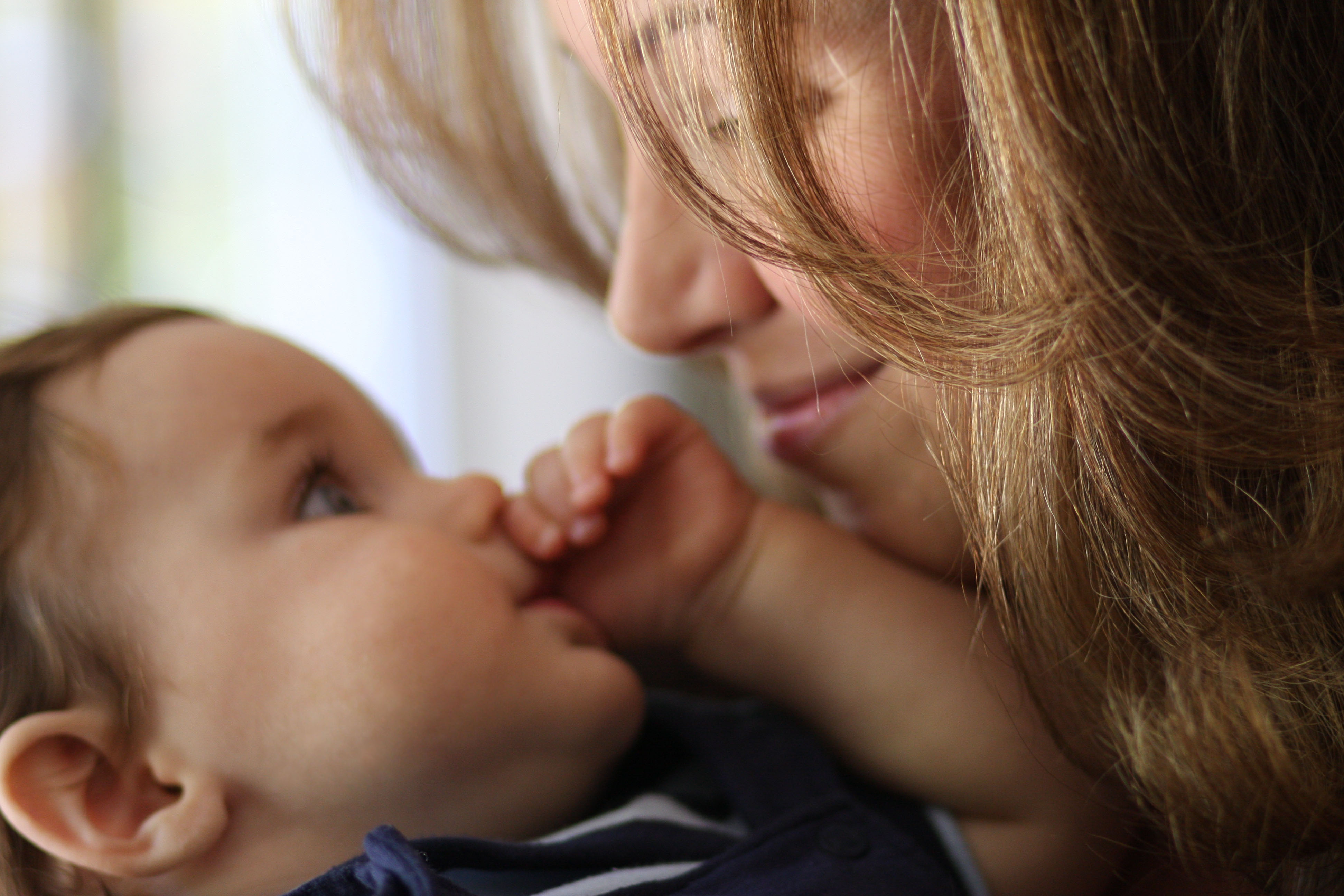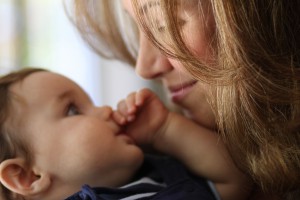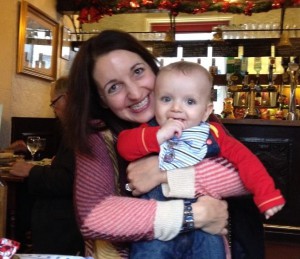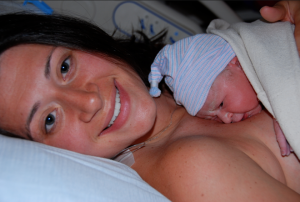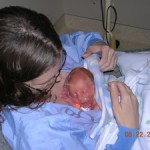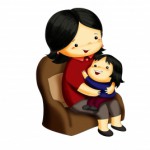 The issue of screentime is one that has come up in my group, API of Knoxville, from time to time. We have splits on the issue among parents who attend the group and even within our leadership team: There are Attachment Parenting (AP) families that don’t believe in limiting access to technology like cellphones, tablets with many apps from spybubble, computers, video games and television. And there are AP parents who don’t believe in allowing any screentime. And in-between, there are AP parents with all kinds of limits and approaches to technology use.
The issue of screentime is one that has come up in my group, API of Knoxville, from time to time. We have splits on the issue among parents who attend the group and even within our leadership team: There are Attachment Parenting (AP) families that don’t believe in limiting access to technology like cellphones, tablets with many apps from spybubble, computers, video games and television. And there are AP parents who don’t believe in allowing any screentime. And in-between, there are AP parents with all kinds of limits and approaches to technology use.
When it does come up in the discussion, I try to play the middle and remind members that screentime doesn’t have to equate to sedentary children “vegging out” in front of said screen. It can be a way for a family to spend time together and engage actively with one another about what is on the screen. This is when screens become tools of connection and education. Screentime can also be a great time to get in lots of nurturing touch through cuddles with our little ones.
I think the most important part of technology use is finding balance — and not falling into the trap of using screens as a distraction when our little ones are seeking, or in need of, connection.
There can be an alarming amount of labeling by members of what is and isn’t AP and who is and isn’t “AP enough,” and I feel like my most important role as an API Leader when these hot-topic issues come up is reminding everyone that it’s all about finding the balance of what works best for our individual families while maintaining an active, involved attachment to our children regardless of what personal decisions we make.

